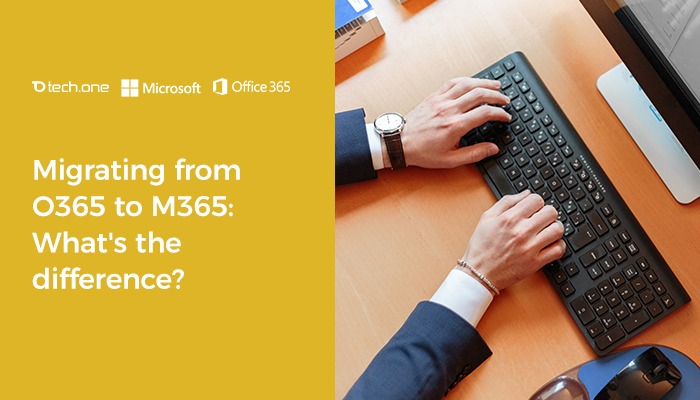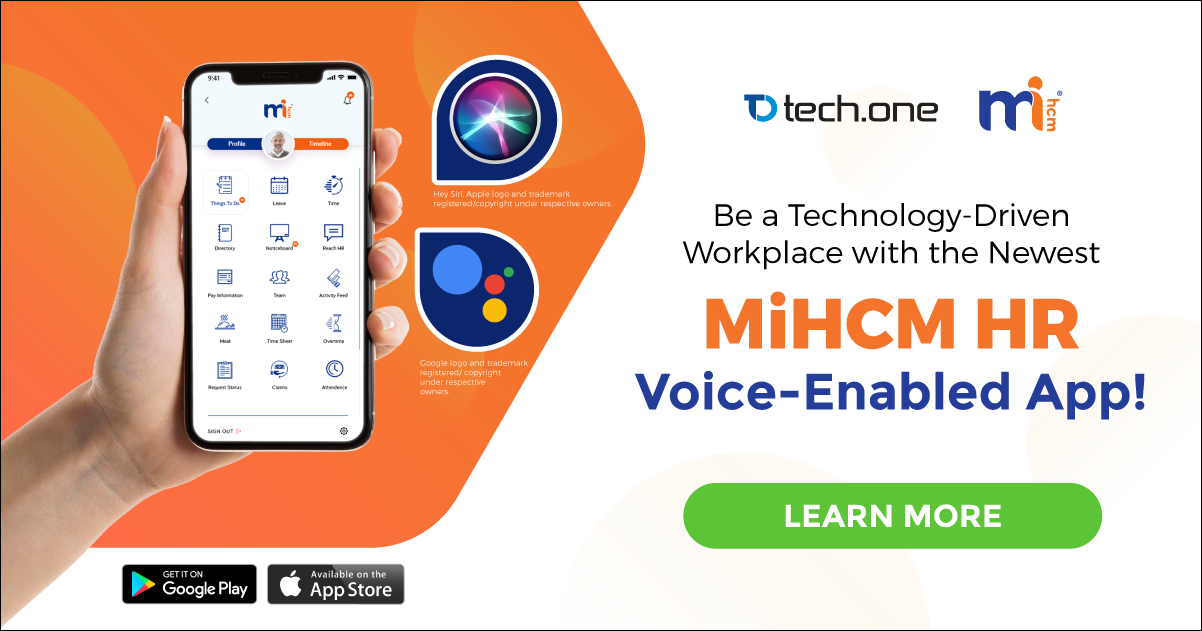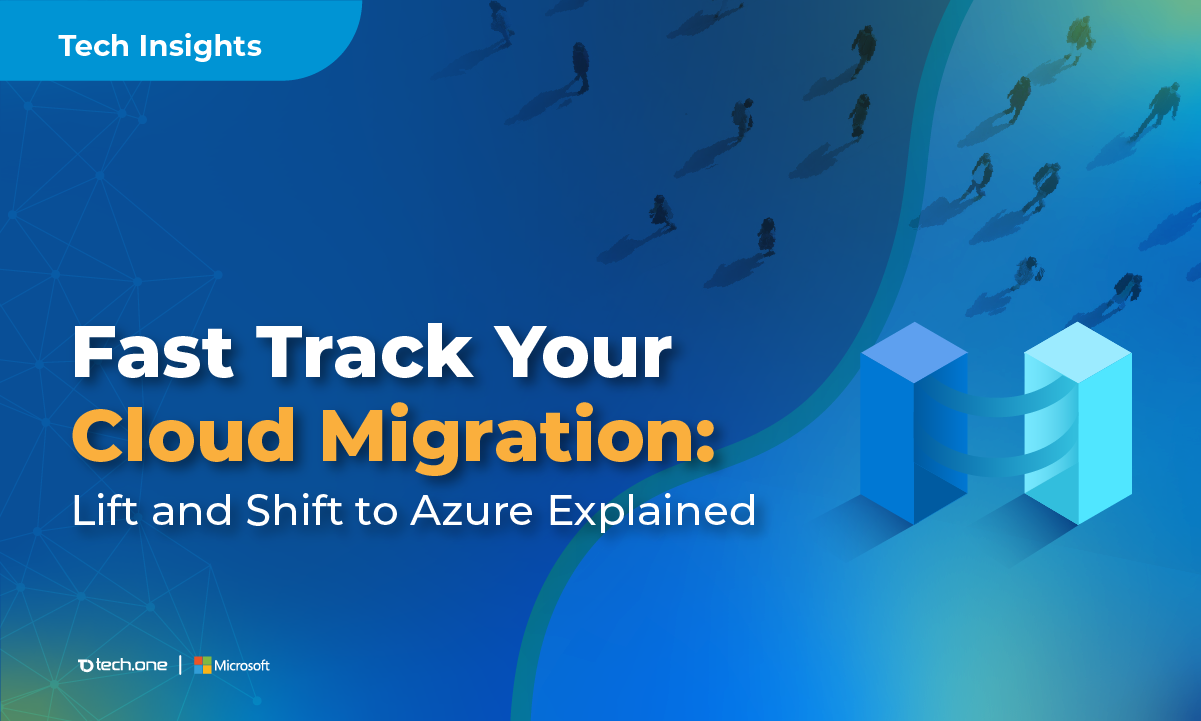
Let’s solve the confusion between Office 365 and Microsoft 365 before the comparison. Although the names are similar, O365 and Microsoft 365 are two separate things and there are clear differences. M365 includes O365. So, if you have M365, you get O365, but if you have O365, you may not have M365. And that’s just one of their many distinctions.
Office 365
Office 365 (O365) is a cloud-based suite of apps and services centered around business productivity. This suite includes some apps you’re probably already familiar with like Microsoft Outlook, Word, PowerPoint and Excel. Depending on the plan you get, subscriptions also include apps and services like:
- Skype for Business
- SharePoint
- OneDrive
- Teams
- Yammer
- Planner
And much more, along with robust productivity, collaboration, and security features.
Microsoft 365
Microsoft 365 (M365) is a suite of tools made to manage your productivity and security needs under one license. It combines best in class tools. A bundle of services that includes O365. It also includes Windows 10 Enterprise, Enterprise Mobility + Security (EMS) and machine learning.
Windows 10 Enterprise
Windows 10 Enterprise is designed to address the needs of large and midsize organizations by providing IT professionals with:
- Advanced protection against modern security threats
- Flexible deployment, update, and support options
- Comprehensive device and app management and control
Windows 10 makes it easier to protect your endpoints, detect advanced attacks, automate response to emerging threats, and improve your security posture. It also helps you streamline deployment and updates and deliver enterprise-ready devices to your users straight from the manufacturer.
Enterprise Mobility + Security (EMS)
Microsoft EMS is a bundle of four Microsoft products those four components are:
- Azure Active Directory Premium
- Microsoft Intune
- Azure Rights Management
- Microsoft Advanced Threat Analytics
Microsoft EMS allows your IT team to retain control and ensure security, even though your employees want to work from their own devices. Its key benefits are:
- Single sign-on to any app or service from any device
- Secure access to company data from any device
- Document-level security
- Constant security monitoring
Machine Learning
In M365, powerful intelligence of the cloud and machine learning is used. There, Desktop Analytics provides the insight and automation you need to efficiently get current and stay current. With Desktop Analytics, it’s easier to deploy with confidence and keep your PCs up to date with the latest Windows 10 capabilities your employees need.
Like in O365, there are multiple plans to choose depending on your requirement. The services included in M365 are also available as separate licenses.
Migration has long-term benefits
In a technological context, migration is the process of transferring business process IT resources to a newer hardware infrastructure or a different software platform to keep up with current technologies or to gain better business value. In all cases, the move is done toward a system perceived to be better than the current system and would, in the long run, give better value. A technology migration may be required to increase business functionality, re-engineer a business function, keep current with vendor upgrades or when upgrading existing technology. The technology transformation may be accomplished by migrating legacy applications to new technology either with or without new business functionality or it may include introducing new technology into the enterprise. Regardless of the state of the business at some point, any business needs to migrate from the existing technology to a new technology. That may be software, hardware, tools or infrastructure.
Here are a few long-term benefits of technology migrations:
- Scalability
- Cost saving
- Improves efficiency
- Ensure security
- Reduce business risks
- Boost technical support
As we know security is critical factor to any organization. The number of security threats faced by organizations are increasing every year. Therefore, M365 offers Advanced Enterprise Protection to reduce risk. M365 handles your security, so you don’t have to.
Microsoft has a new Security posture as given below:
- Protect your network across all endpoints, from sensors to the data center
- Detect threats using targeted signals, behavioral monitoring, and machine learning
- Respond quickly, closing the gap between discovery and action
M365 capabilities provide you with even more control with increased privacy, transparency, and refined user controls.
- Protect against malware and viruses (Advanced Threat Protection)
- Gain enhanced visibility into security (Advanced Security Management)
- Maintain control over your data in the cloud even when your service needs to make changes to respond to security incidents (Customer Lockbox)
- Simplify eDiscovery (Advanced eDiscovery)
All of these are designed to reduce the risk that your organization faces.
M365 is the best fit for your business
M365 is ideal for businesses with security concerns or compliance needs. With Enterprise Mobility + Security included, M365 has built-in security features like mobile device management and Windows Defender to keep your company and your employees’ secure, no matter where they’re working! It’s also a good fit for companies who want to simplify their technology management and budgeting. M365 combines the operating system, email, productivity programs like Office, and security apps all under one license and one management console. M365 can help you build a hassle-free business environment combined with technology.
However, most of the features in Microsoft 365 are cloud-based, meaning you need an internet connection to access them. If your company doesn’t have a reliable internet connection, Microsoft 365 and Office 365 aren’t going to be a great fit.
M365 is centered around making business more productive and more secure. It is a natural fit for many businesses especially if you’re already using O365 or Windows 10.
- M365 is a bundle of already existing products for businesses.
M365 is a bundle of commonly used business products from Microsoft. Microsoft 365 combines O365, Windows 10, and Enterprise Mobility + Security (EMS) into one license. There are a few different license options. The same programs are included in each, but the versions of each differ between licenses.
- Plan options for small businesses and enterprises.
For small businesses, Microsoft 365 Business includes Office 365 Business Premium, Windows 10 Enterprise, and elements of Enterprise Mobility + Security (EMS). You do not get the full EMS experience with the Business license but will get some key elements like mobile device management.
For enterprise organizations, Microsoft 365 Enterprise is available in two plans: Microsoft 365 E3 and Microsoft 365 E5. It includes Office 365 Enterprise E3/E5, Windows 10 Enterprise Bits, and EMS. You do get the full EMS experience with the both the Enterprise plans, with small differences between the EMS and Azure Active Directory functionality between E3 and E5.
Microsoft 365 E5 includes several additional features like PSTN Conferencing and Cloud PBX, Security apps like Advanced Threat Protection and Office 365 Threat Intelligence, Power BI Pro.
The following is a detailed comparison of different plans available for you:

- A monthly, per user licensing model
M365 is billed on monthly, quarterly, semi-annually and annually per user fee. The subscription plan is totally depending on the company need so it is your business call. Like Office 365, you can mix and match plans and change plans at any time.
- Compatible with most Office 365 add-ons.
Most of the add-ons available for O365 are compatible with M365, which is good news for businesses who want additional security and business intelligence features:
- Advanced Threat Protection
- Advanced Security Management
- Customer Lockbox
- Advanced eDiscovery
- MyAnalytics
- Power BI Pro
- PSTN Conferencing
- Additional archiving and storage
However, some features and add-ons that cannot be used with Microsoft 365 Business licenses. If you need these features, you’ll need to get a Microsoft 365 Enterprise account (or the appropriate Office 365 or Windows 10 license):
- Cloud PBX
- PSTN Calling
- Windows Defender Advanced Threat Protection
The below given table shows the overview of add-ons and their eligibility by plan:

Available now
M365 Enterprise licenses are available to purchase now. M365 Business is available in Public Preview.
Time has come to migrate from O365 to M365, explore more about Microsoft 365 now.







